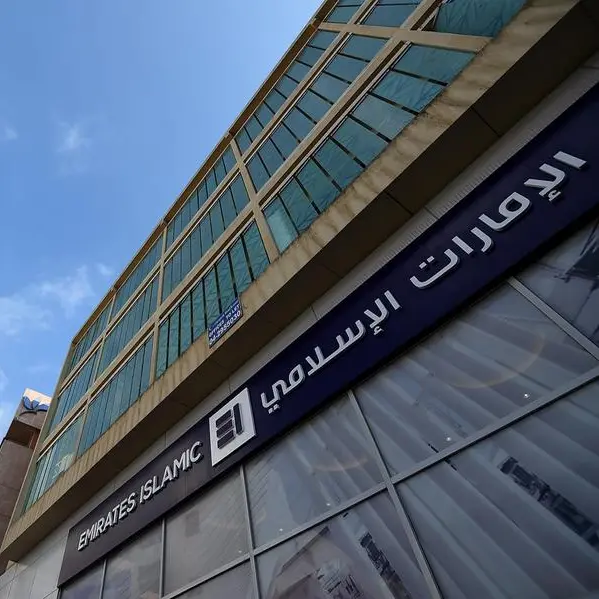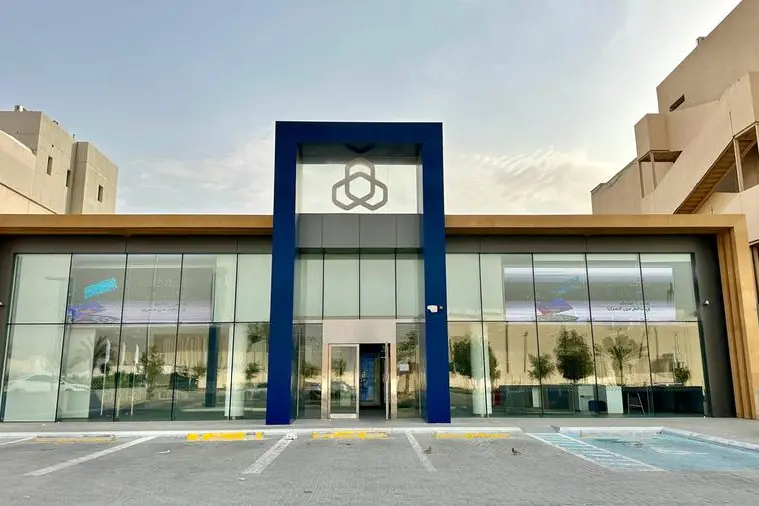PHOTO
Islamic finance, a unique financial system guided by the ethical principles of Islamic law (Shariah), sets itself apart from conventional finance in several ways. It prohibits paying and charging interest (Riba), promoting profit and loss sharing. This system is underpinned by tangible assets, ensuring a more secure and ethical approach to finance.
Islamic finance banks are committed to ethical investments, avoiding harmful or unethical activities like alcohol and gambling. Moreover, they shun excessive uncertainty and speculation, fostering a responsible financial management culture that inspires industry confidence.
The roots of Islamic finance run deep, with its origins dating back centuries in the Middle East. This rich heritage, dating back to the Middle Ages, is a testament to the enduring principles of Islamic finance. The modern Islamic banking and finance industry began to take shape in the mid-20th century. The Mit Ghamr Savings Bank, Egypt, first experimented with Islamic banks.
From 1963 to 1967, the pioneering experiment combined the idea of German saving banks with the principles of rural banking within the general framework of Islamic values. The pivotal moment for Islamic finance came in 1975, marked by establishing the Dubai Islamic Bank and the Saudi Arabia Islamic Development Bank.
As of 2024, the global Islamic finance market is estimated to be around $2.5-4.5 trillion. From 2024 to 2031, the industry is projected to grow at a compound annual growth rate (CAGR) of 10-12.67%. The market is expected to reach $5.1-6.7 trillion in 2031. Africa and the Middle East have the most significant market shares. The region with the quickest growth is Asia-Pacific.
Nearly 95% of the world's Sharia-compliant assets are concentrated in just ten countries: Iran and Saudi Arabia each have a 25–30% market share, Malaysia: 12%, UAE: 10%, Qatar and Kuwait combined: 5.5%, Bahrain and Turkey: 3.5% each, and Pakistan and Indonesia: 2% each.
The Middle East Islamic Finance market is a diverse landscape that includes Islamic banking, which accounts for 56% of the industry growth, Islamic insurance (takaful), Islamic bonds (sukuk), and other Islamic financial institutions (OFIs) and Islamic funds.
Based on geography, the Islamic financial market includes Saudi Arabia, Qatar, Iraq, Iran, and the rest of the Middle East—the Middle East accounts for 77.4% of the total Sharia-compliant assets. Iran and Saudi Arabia are the largest markets, accounting for over $400 billion in assets. Oman's Islamic finance sector is relatively young compared to other Gulf Cooperation Council (GCC) countries, but it has been proliferating since its introduction in 2013. Oman's Islamic banking sector is steadily growing, with total assets of RO 7 billion. The industry is projected to reach 20% of the overall bank assets by 2025. Moody's Investors Service rated Turkey and Oman as the fastest-growing Islamic financing markets in the world in 2021.
Iran and Saudi Arabia are at the top of the area in asset accumulation, highlighting their crucial position in the global Islamic banking scene. The market also displayed post-COVID-19 resilience, driven by a growing demand for Sharia-compliant products through Islamic banks' digital platforms. The growth emphasizes the Middle East's crucial role in global Islamic finance.
The Islamic finance market shows a solid growth trajectory and increasing global relevance driven by ethical and economic factors. With Islamic banking present in more than 80 countries, the sector is growing outside of traditional Muslim-majority nations. The industry faces challenges, like limited standardization and harmonization of Shariah interpretations, regulatory inconsistencies across jurisdictions, and a shortage of skilled professionals in Islamic finance. Despite the challenges, the sector is poised for robust growth and innovation in the future.
2022 © All right reserved for Oman Establishment for Press, Publication and Advertising (OEPPA) Provided by SyndiGate Media Inc. (Syndigate.info).





















